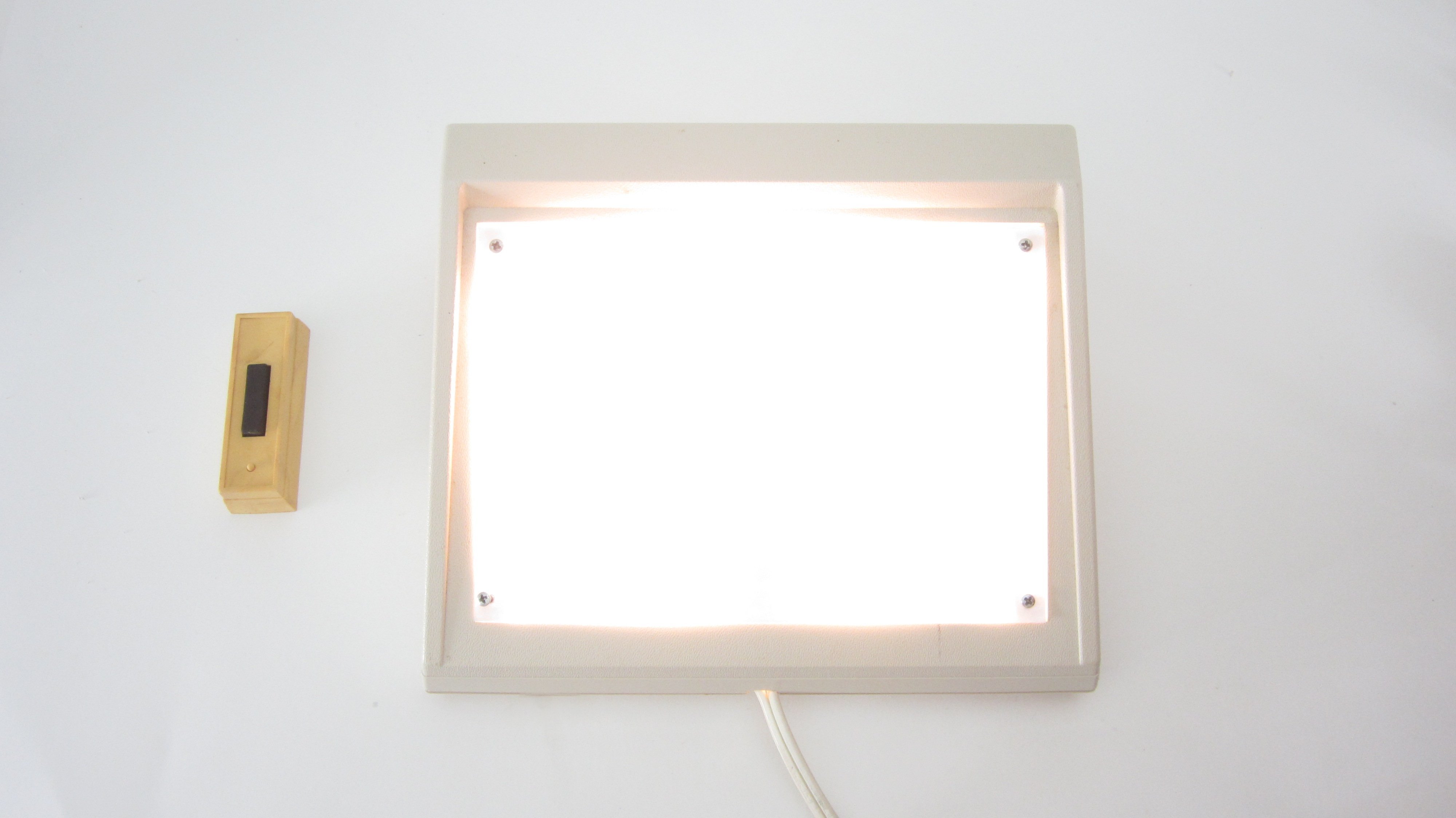There are a lot of parts that make up a wireless doorbell. But for this project, you only need to be concerned with the power supply and the speaker.
An AC powered wireless doorbell is going to have an AC-to-DC converter to turn the 120 volts AC into a small DC signal (usually about 12 volts). To bring the voltage down, it may use a transformer or just a power resistor. Then to convert the AC sine wave signal to a series of DC pulses, it will typically use four diodes arranged as a square bridge rectifier. Lastly, a capacitor smoothes out the DC pulses into more constant DC signal.
We need to identify the positive and negative DC lines at the output of the AC to DC converter. The easiest way to do this is to observe the orientation of the capacitor: One side of the capacitor will be marked with a large negative sign. This is connected to the negative output of the power supply. The other side is connected to the positive output of the power supply.
Next you need to check how the speaker is connected to the rest of the circuit. In most cases, the positive terminal of the speaker will be connected to the positive supply voltage from the power supply. The negative terminal of the speaker will be connected to the collector of an NPN transistor. The emitter of the transistor will be connected to the negative terminal of the power supply. The base of the transistor will be connected to processor chip. There may be a resistor between them. To play the tone, the chip sends a series of pulses to the transistor, which rapidly connects and disconnects the negative terminal of the speaker to the negative terminal of the power supply. This causes the speaker to play a tone.
In this project we will be connecting to the positive and negative terminals of the power supply and to the output transistor at the negative terminal of the speaker.





